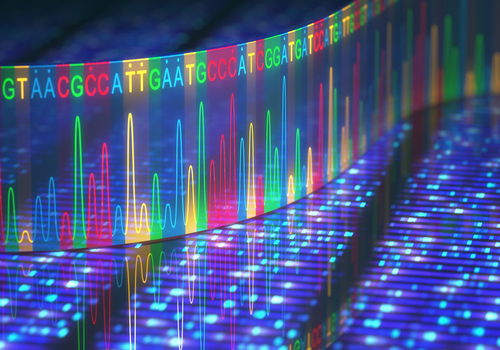Children and adults with a rare genetic profile causing type 1 Gaucher disease (GD1) may exhibit mild symptoms and not require treatment, research suggests.
The study, “The N370S/R496H genotype in type 1 Gaucher disease – Natural history and implications for pre symptomatic diagnosis and counseling,” was published in the journal Molecular Genetics and Metabolism Reports.
Gaucher disease is caused by mutations in the GBA gene. Alterations to this gene result in deficient activity of the beta-glucocerebrosidase enzyme, leading to the accumulation of a lipid (fat) called glucocerebroside especially in cells of the spleen, liver, and bone marrow.
Advances in genetic testing have enabled early detection of GD1 in asymptomatic adults, as well as prenatally or shortly after birth.
Approximately one in 15 Ashkenazi Jews are carriers of GD1, largely due to the high prevalence of the N370S mutation. This genetic variant is known to protect against the development of neurological symptoms, which are observed in type 2 and type 3 Gaucher. A less frequent mutation, known as R496H, has been reported almost exclusively in Ashkenazi Jews.
However, little is known about the clinical effects of having N370S in one gene copy and R496H in the other (each person inherits two copies of every gene — one from the mother and the other from the father). In the study, investigators from the Icahn School of Medicine at Mount Sinai in New York described 14 patients (from 4 to 66 years old) with this genetic profile.
All patients reported Ashkenazi Jewish ancestry from both parents, with the exception of one patient who reported being Ashkenazi Jewish and Dominican.
Six patients were children who were asymptomatic, and clinical examination, including blood testing, showed no concerns. Disease burden was mild, as measured by the GD severity score.
Two children were shorter than expected for their age, as assessed by mid-parental height — an estimation of a child’s height when adult, based on the heights of the parents. One also had mild osteopenia, which refers to lower-than-normal bone density.
None of the children were advised to seek treatment.
Five of the eight adults (mean age of 42.1 years) were diagnosed via prenatal or preconception genetic screening, and further laboratory testing revealed that blood activity of the chitotriosidase enzyme (a Gaucher disease biomarker) was either mildly elevated or normal. Three women had osteopenia, and one had additional GD1 symptoms.
Six adults had no clinical manifestations, while the remaining two were receiving enzyme replacement therapy. Their symptoms included low platelet count, leg pain, osteopenia, enlarged liver and spleen, and fatigue. Five adults reported borderline mild disease.
“Our data suggests that most patients with N370S/R496H present with mild manifestations and often do not require treatment,” the researchers wrote.
“This information is important for counseling newly diagnosed patients and [type 1 Gaucher disease] carrier couples,” they added.


